A new ergonomic design reduced reported wrist fatigue by ~30% during long shifts, while the device withstood drops from up to 1.8 m, passed IP65/67 ingress tests, and featured a one thumb UI with fast scanning that cut transaction times by ~25%.
Fully launched and deployed in thousands of locations, FloWater has saved over 400 million single use bottles and earned widespread press coverage for its design, innovation, and social impact.
We root our design thinking in ethnographic research — studying consumers in the context of their daily lives. Whether observing behaviors in homes, during routines, or at play, we uncover the nuances that arise from real-world human contact to drive meaningful design. When in-person research isn’t possible, we leverage digital tools to capture insights remotely, ensuring the research process remains thorough and effective. These deep, real-world understandings fuel the innovative, award-winning solutions and work RKS Design is known for.
Our designers draw on years of expertise to synthesize diverse user, business, and market needs into coherent industrial solutions — turning complex challenges into successful outcomes.
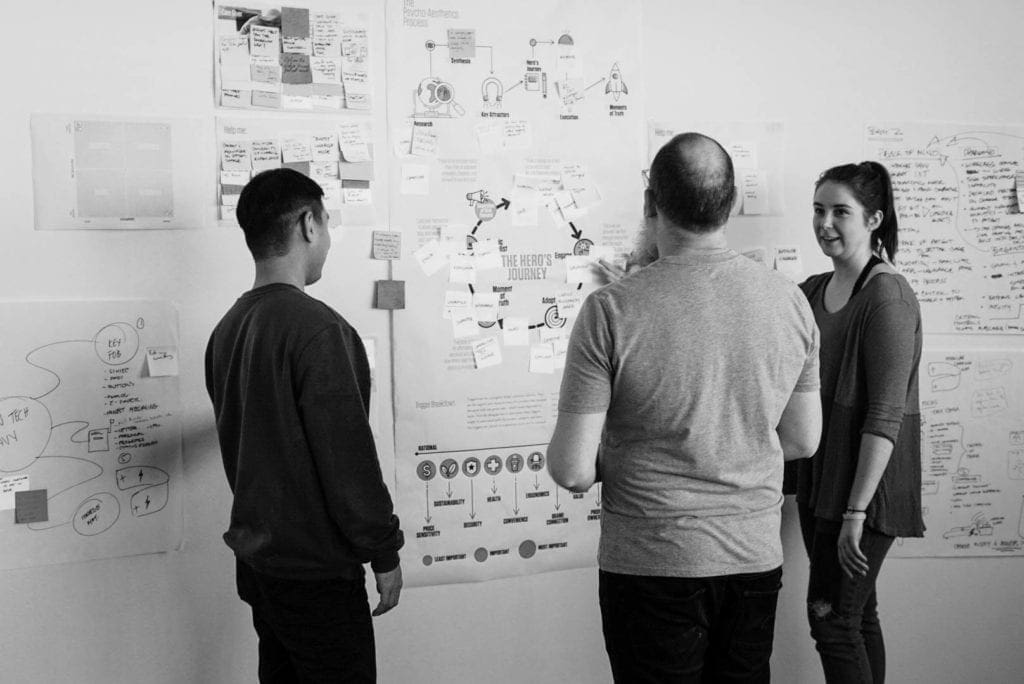
We use our special psycho-aesthetics methodology in our industrial product development process to create emotional ties between products and users. Instead of just focusing on how a product feels, we consider how it makes users feel about themselves. For industrial designs, this means helping workers feel safe and efficient. Our designs aim to reduce risks and speed up tasks. Industrial product experience design emphasizes a product’s aesthetic appeal, structural form, color palette, and tactile experience.
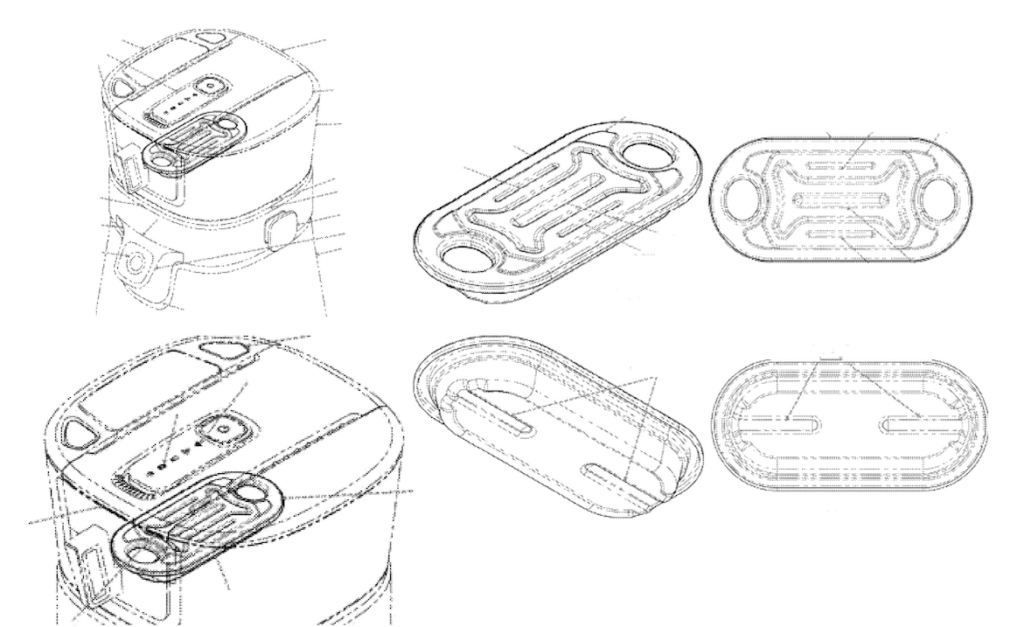
Creating industrial products comes with specific challenges needing expert engineering. Our experienced team often designs with intricate systems and innovative materials to help solve complex product challenges and improve user outcomes. Using advanced AR/VR and CAD tools, we address these issues early, speeding up the design, prototyping, and production process.
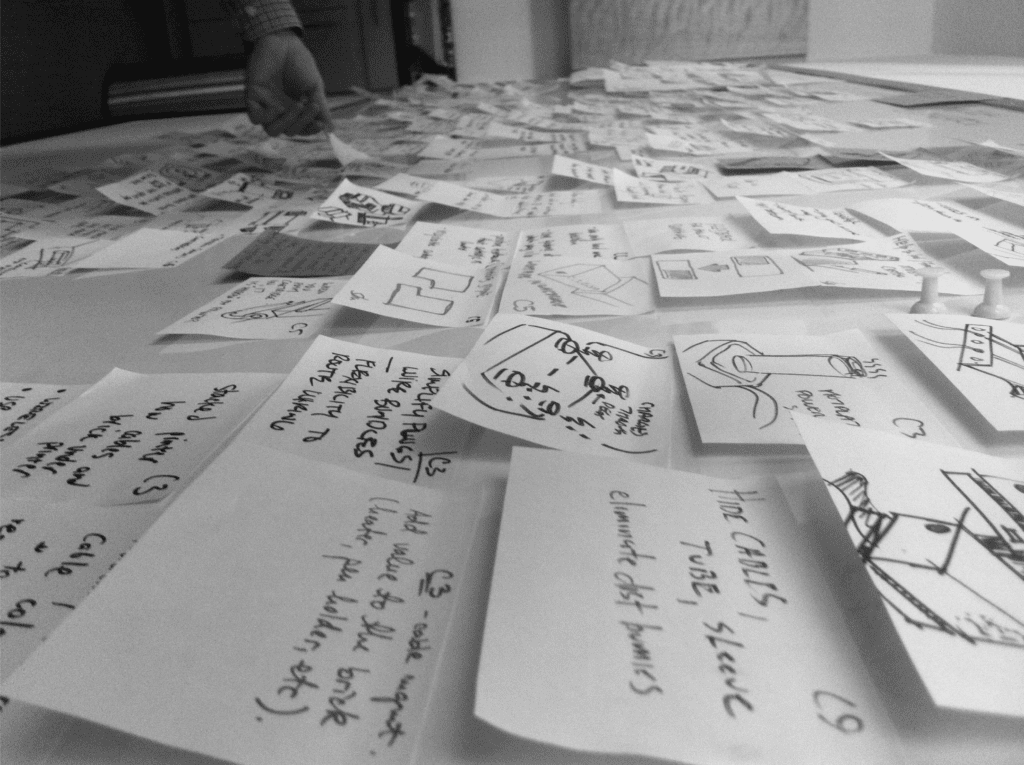
We use a three-phase approach for technology roadmap development. First, we set essential requirements, leadership, and scope. Next, we pinpoint system needs, main technology areas, and new alternatives. In the final phase, we refine our roadmap before implementing it. This process ensures we prioritize cost-effective technologies for outstanding results that align with long-term brand strategy.
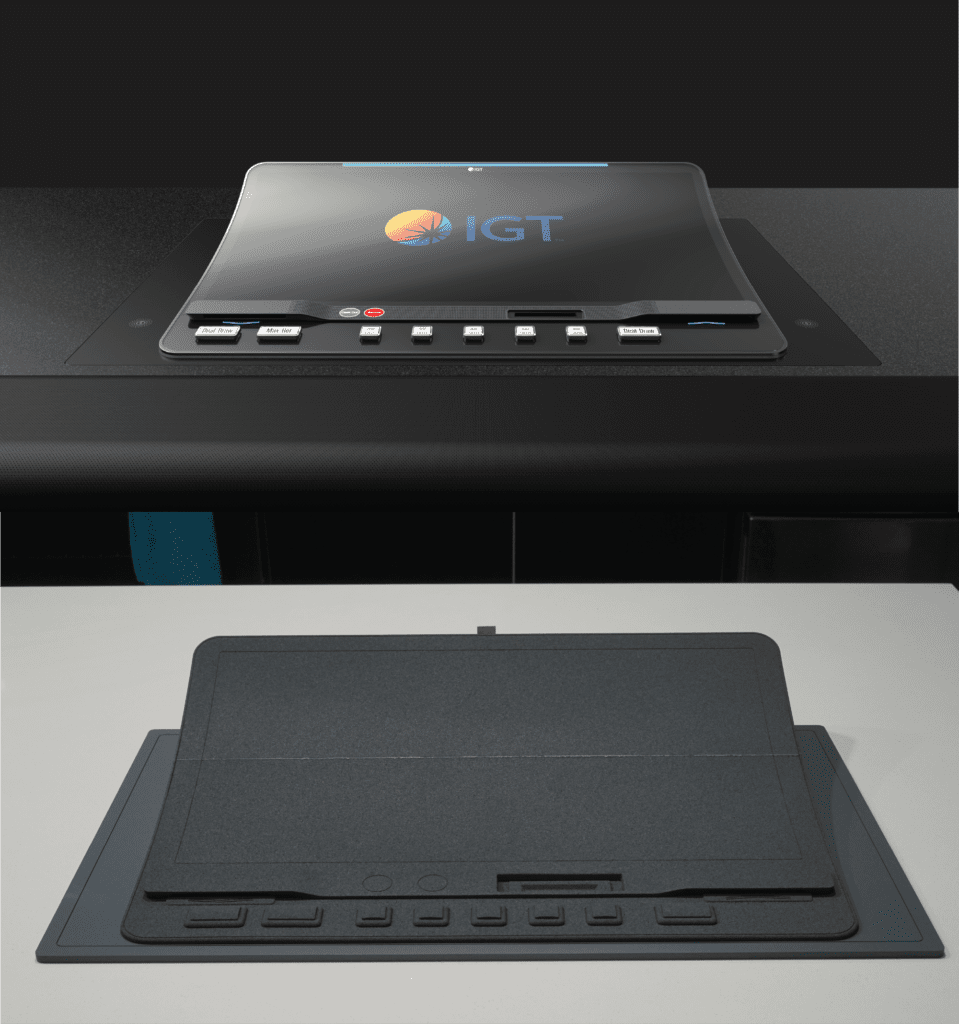
Our proof of concept (POC) method helps us share knowledge, explore new technologies, and present a concrete idea. A POC tests a design or technology idea. Its main goal is to show our design’s basic functions and confirm its feasibility. We also include safety analysis to meet standards set by bodies like the FDA and CSA.
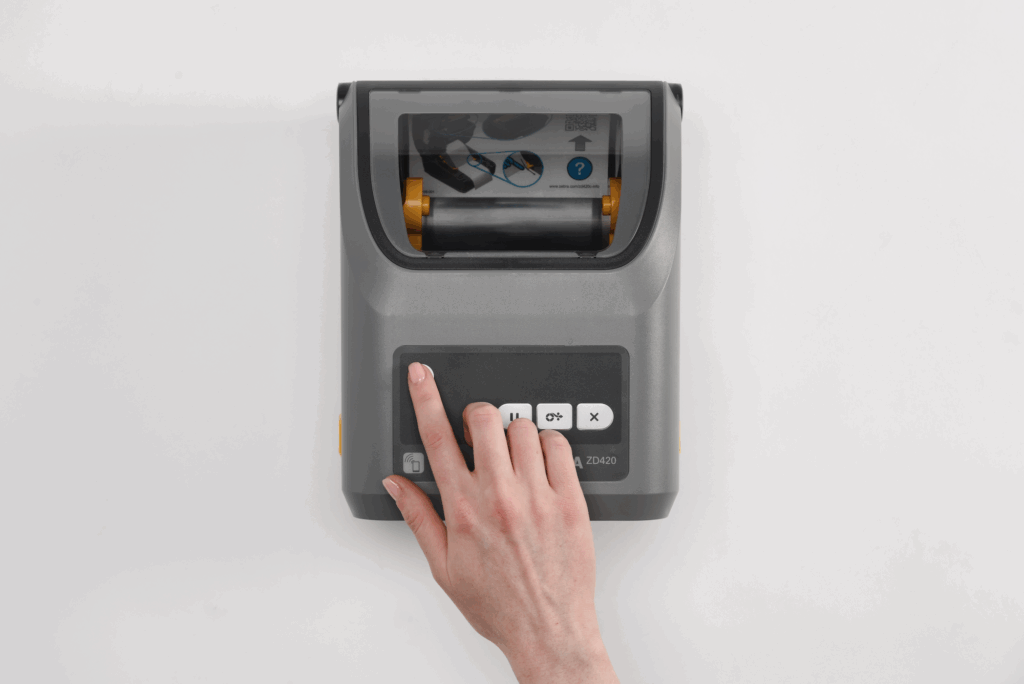
Beta Prototyping lets us turn a concept into a testable product for user feedback. This feedback guides design and function improvements. It also helps our team gauge the time needed for a final product. Since we center our design on users, industrial product prototyping is vital for advancing production and pinpointing issues. It refines and validates our design direction with better accuracy.
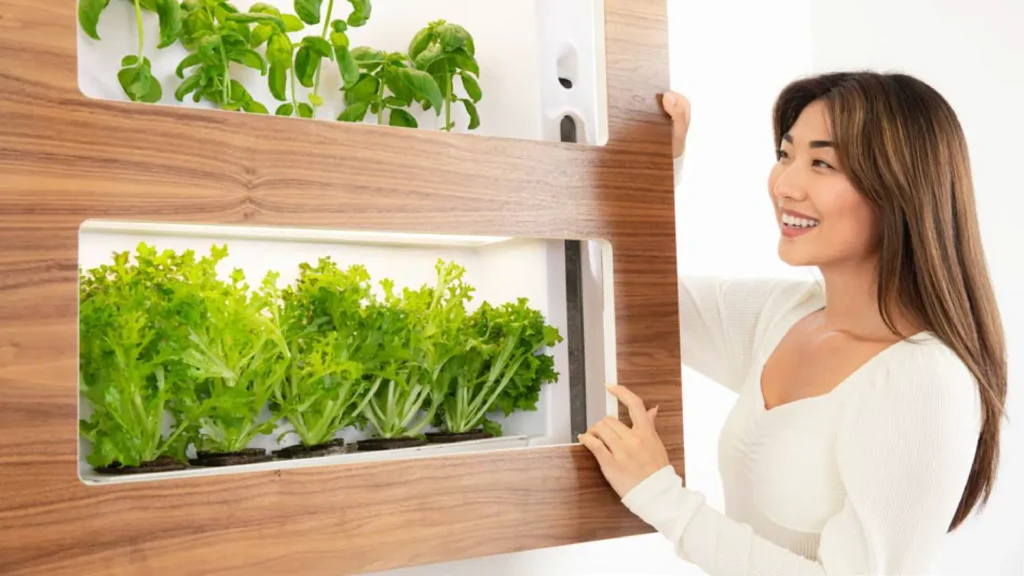
After creating a concept and prototype, we plan for upcoming features and technologies. Future concept development considers upcoming tech, global trends, market changes, and user needs. It might involve basic requirements or new prototypes. Tailored to client needs and the device type, this approach helps businesses and companies adapt to new market changes more quickly.
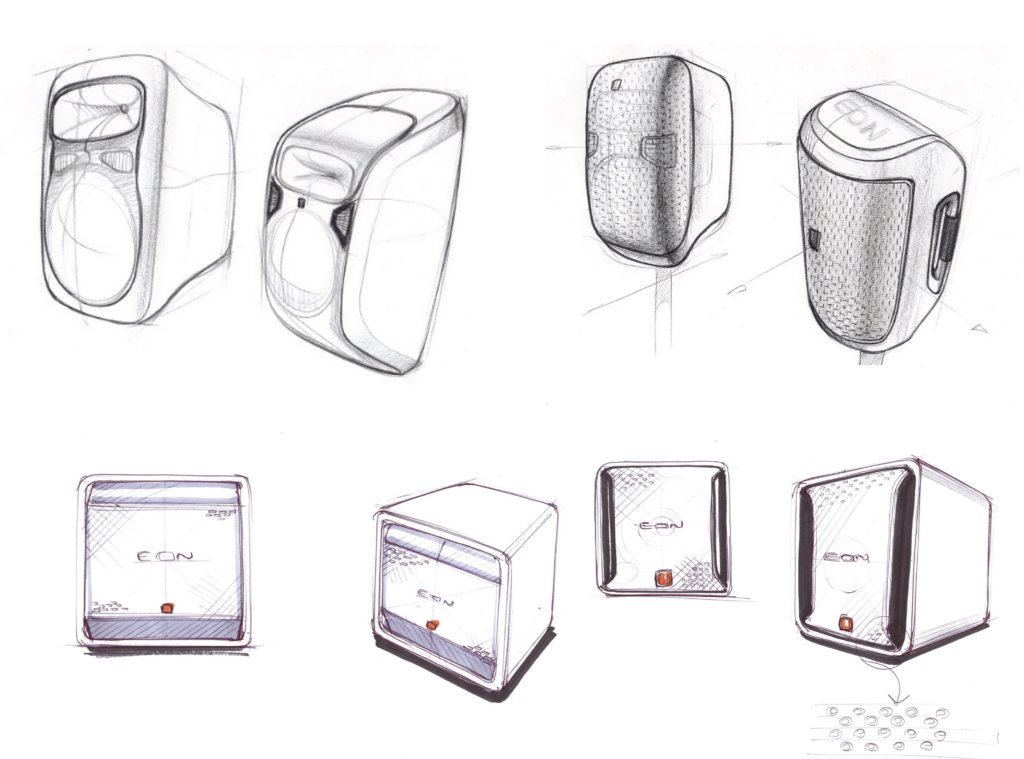
After making a prototype from our concept, we plan ahead for upcoming features and technologies. We consider future tech trends, global shifts, market changes, and what users might need. Depending on the client and device type, this might involve new concepts or prototypes. This approach helps businesses quickly adapt to market changes.
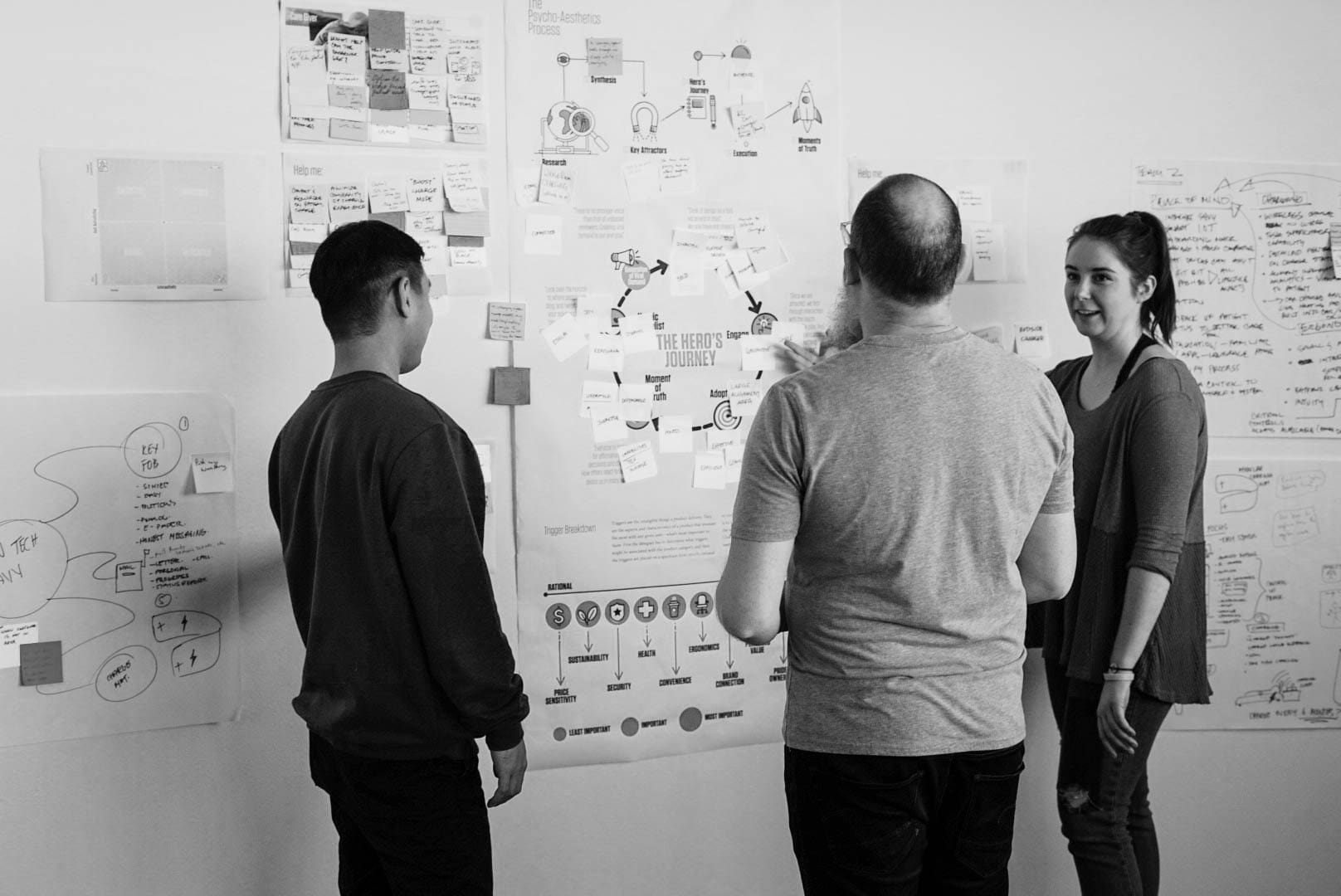
We use our special psycho-aesthetics methodology in our industrial product development process to create emotional ties between products and users. Instead of just focusing on how a product feels, we consider how it makes users feel about themselves. For industrial designs, this means helping workers feel safe and efficient. Our designs aim to reduce risks and speed up tasks. Industrial product experience design emphasizes a product’s aesthetic appeal, structural form, color palette, and tactile experience.
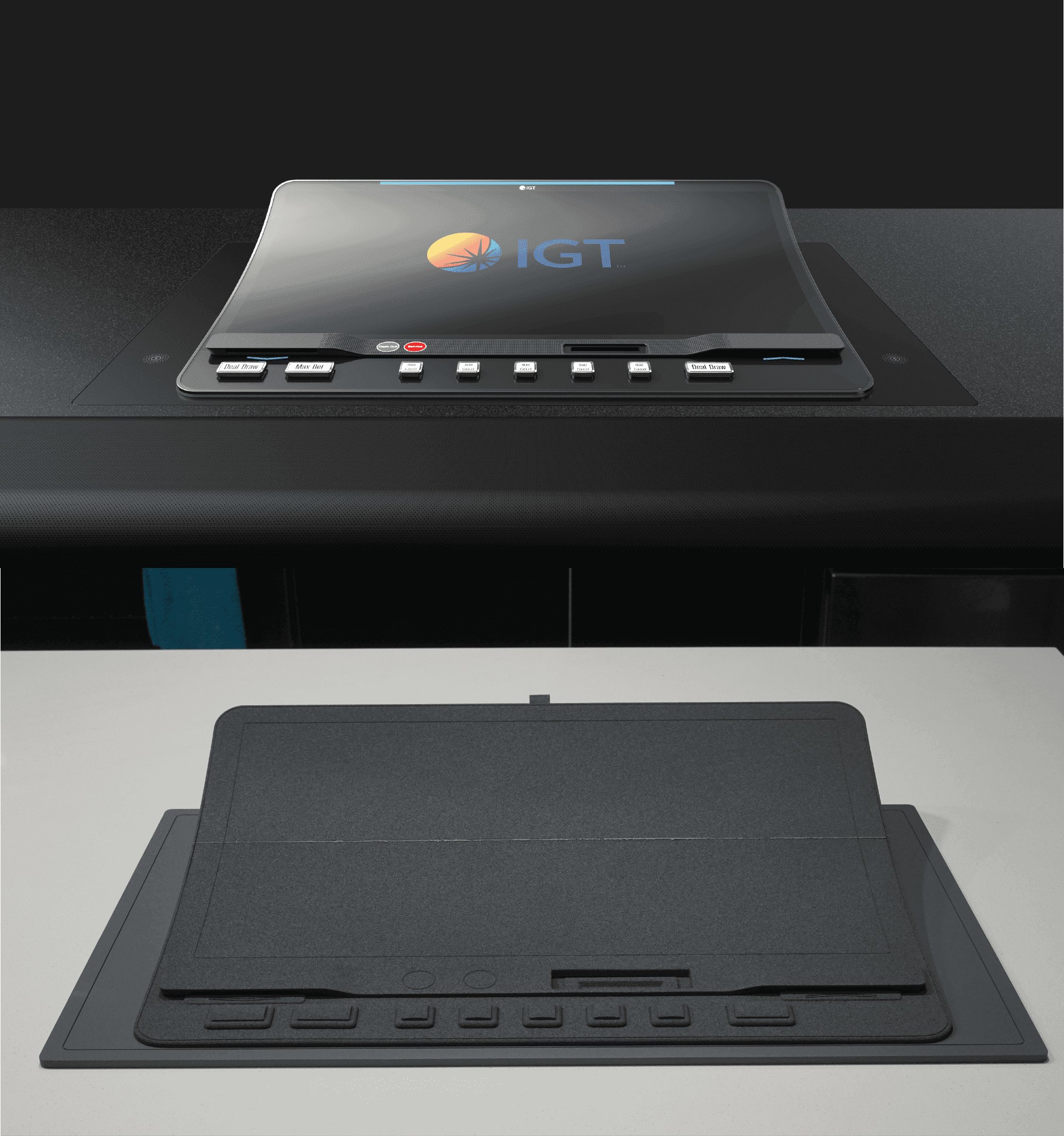
Our proof of concept (POC) method helps us share knowledge, explore new technologies, and present a concrete idea. A POC tests a design or technology idea. Its main goal is to show our design’s basic functions and confirm its feasibility. We also include safety analysis to meet standards set by bodies like the FDA and CSA.

Beta Prototyping lets us turn a concept into a testable product for user feedback. This feedback guides design and function improvements. It also helps our team gauge the time needed for a final product. Since we center our design on users, industrial product prototyping is vital for advancing production and pinpointing issues. It refines and validates our design direction with better accuracy.

Creating industrial products comes with specific challenges needing expert engineering. Our experienced team often designs with intricate systems and innovative materials to help solve complex product challenges and improve user outcomes. Using advanced AR/VR and CAD tools, we address these issues early, speeding up the design, prototyping, and production process.

We use a three-phase approach for technology roadmap development. First, we set essential requirements, leadership, and scope. Next, we pinpoint system needs, main technology areas, and new alternatives. In the final phase, we refine our roadmap before implementing it. This process ensures we prioritize cost-effective technologies for outstanding results that align with long-term strategy.

After creating a new concept and prototype, we plan for upcoming features and technologies. Future concept development considers upcoming tech, global trends, market changes, and user needs. It might involve basic requirements or new prototypes. Tailored to client needs and the device type, this approach helps businesses adapt to new market changes more quickly.

After making a prototype from our concept, we plan ahead for upcoming features and technologies. We consider future tech trends, global shifts, market changes, and what users might need. Depending on the client and device type, this might involve new concepts or prototypes. This approach helps businesses quickly adapt to market changes.
A brand forms an emotional bond with consumers through its design, influencing how they feel about themselves. In competitive markets, a strong brand identity is vital. It helps businesses and companies stand out, attracts partners, guides marketing, and sets pricing based on brand value. While some think a brand is just about a logo and colors, we believe in a comprehensive approach. This includes business and audience analysis, brand positioning, creative development, social media marketing, implementation, and ongoing evaluation to create cohesive brand value; all part of the brand building work we deliver.
Industrial product design focuses on conceptualizing and creating products that are functional, aesthetically pleasing, and manufacturable. It combines art, science, and technology to bring innovative solutions to everyday problems.
While general product design can encompass a broad range of items, from digital assets to physical objects, industrial product design specifically targets mass-produced goods, often involving materials like plastics, metals, and other industrial materials.
A deep understanding of the market helps designers cater to consumer needs, predict trends, and ensure that the product has a competitive edge once launched.
The key stages include research, ideation, prototyping, testing, and manufacturing. Each stage requires careful planning and execution to ensure product success.
Certainly! https://rksdesign.com/work-all/. Our portfolio showcases a range of products we’ve designed, reflecting our commitment to innovation and quality.
Begin by reaching out to our team at https://rksdesign.com/contact/. We’ll discuss your product ideas, market research, and how we can collaborate to bring your vision to life.
Welcome to a world of design and innovation
If this is not the case, then click the button below to start it